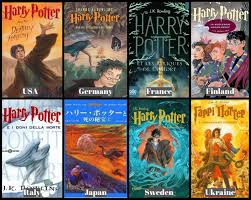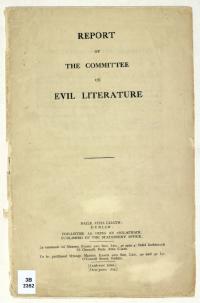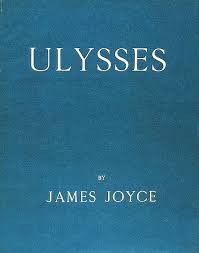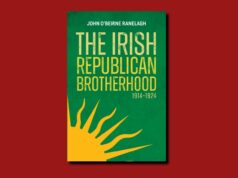Emily Mazzara examines the history of censorship from Irish and American perspectives

September 22-28 2019, Banned Book Week. bannedbooksweek.org
Banning books from schools, libraries, and public places is not a new concept in the twenty-first century. From the time people started writing for entertainment, those with power have been trying to block access to certain works due to their content. Like car phones and cassette tapes, people tend to think of banning books as a thing of the past. Books nowadays cannot possibly be banned right? Wrong.

Just this past week on 3 September 2019, the entirety of the Harry Potter series was banned in a Catholic school in Nashville, Tennessee, USA. According to an e-mail originally published by the Tennessean, the school’s pastor claimed, “The curses and spells used in the book are actual curses and spells, which when read by a human being risk conjuring evil spirits into the presence of the person reading the texts”. To many of us, this may sound crazy, but it was enough of a reason for the pastor to pass a ban.
In the US, around 400 books are challenged every year. A challenge is defined as a written complaint to a school or library requesting the material to be removed. Historically, the reasons for banning books included sexual imagery, violence, and content that would be considered obscene. Today, the US is more likely to see books challenged or banned for themes of race, ethnicity, and sexual preference.
The US’s history with banning books began with Uncle Tom’s Cabin viewed by most historians as the first book to be banned on a national scale back in 1851. Rules became stricter in the decades to follow and everything from anatomy textbooks to Oscar Wilde were deemed too sexy to be sold. The US doesn’t see a shift in thinking until the 1920s when mass changes in politics and society led booksellers to see themselves as advocates for people’s right to read whatever they wanted. This later brought the case of The United States v. One Book Called Ulysses to court in 1933. The case set the precedent that unpleasant descriptions are allowed, within reason, in serious literature.
Over the years, especially in the dawn of the 1960s and 70s, instances of book bans dropped as comfort with more explicit art rose. Then America elected Ronald Reagan who ran a campaign that depowered the right to the freedom of speech. It was around this time that the nature of banning books in the US changed from an outright national ban, to a situation-by-situation ban. Each school, library, and public institution would receive a challenge and then could individually choose whether to remove the book or not.
The history of banning books in Ireland followed a similar path to that in the US. In 1926, the Minister of Justice, Kevin O’Higgins, created the Committee on Evil Literature. This group was to consider and report whether is was necessary, in the interest of the public morality, to restrict the sale or circulation of specific printed matter (i.e. books, magazines, pamphlets, etc.). Making up the committee was three laymen and two clergymen, one Roman Catholic and one from the Church of Ireland. The Committee on Evil Literature would ban books based on faith, morals, and decency.
Just three short years later in 1929, the Irish government passed the Censorship of Publications Act which established the Censorship of Publications Board. The Board’s job was to examine books and periodicals that were for sale in Ireland and determine if they were too obscene. If the motion passed that the book was too obscene, it would become illegal to buy, sell or distribute that publication indefinitely. After being established, the Board went crazy banning books left and right. Among the first 10 to be banned were Point Counter Point by Aldous Huxley and The Well of Loneliness by Radclyffe Hall. Surprisingly, none of James Joyce’s writings were ever banned by the Board.

Over the years around 5,000 books were banned by the Board, never to be sold in Ireland. That is until 1967 when the Censorship of Publications Act was revised bringing down the sentence on banned books from forever to only twelve years. When the act passed, almost all the previously banned books were allowed immediate sale. The Censorship of Publications Board still exists in Ireland and continues to review books and periodicals when they are referred. Since 2000 only eleven books have been referred to the board, of which only one was banned.
No matter if it is in the United States or Ireland, the practice of banning books was a way to restrict readership of certain ideas. It is important to remember that as the years go on, politics and society changes and revisiting previously banned books could give us insight on what people of the past thought, felt, and described. In celebration of all the words hidden from the public over the years, Banned Book week, running from 22-28 September, encourages people to read books that were once banned. So, pick up a copy of Harry Potter and the Sorcerer’s Stone or Ulysses, if you’re feeling brave, and read a banned book.
By Emily Mazzara















